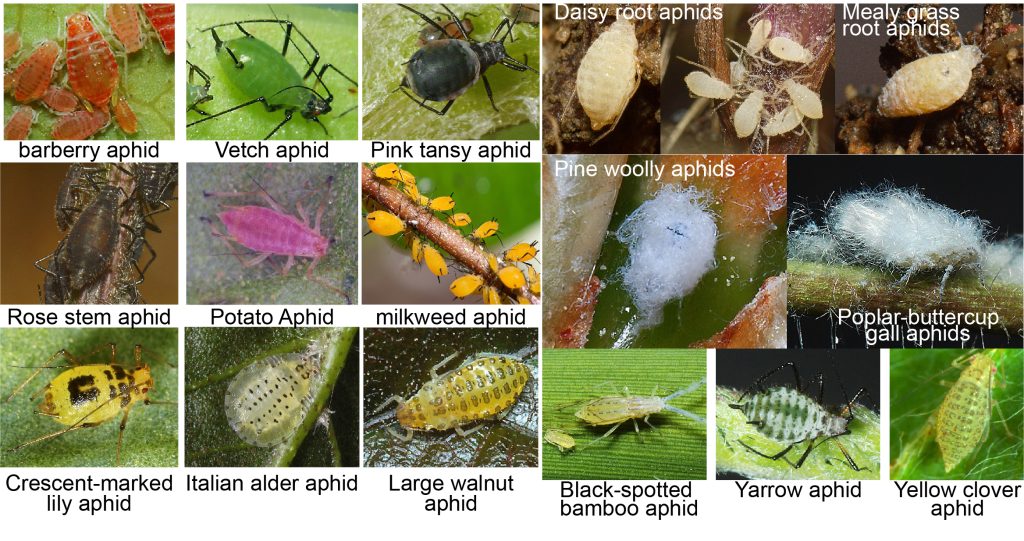CHEN LAB
Overview
Chen Lab investigates the molecular mechanisms underlying insect-plant interactions, with a focus on aphids as model organisms. As major agricultural pests, aphids have evolved sophisticated strategies to exploit host plants, while plants, in turn, develop complex defense mechanisms. Our research aims to uncover the genetic, molecular, and physiological processes that drive these interactions, providing critical insights into aphid adaptation and plant defense responses.
*aphids in the model are “borrowed” from the paper of Hogenhout and Bos (2011).
We integrate molecular biology, genetics, bioinformatics, RNA imaging, and ecological approaches to study aphid-host plant relationships. Through transcriptomic and genomic analyses, we identify key genes and pathways involved in aphid adaptation and host specialization. Our advanced RNA imaging techniques enable us to visualize aphid-delivered cross-kingdom RNAs at the cellular level, shedding light on how aphids manipulate plant physiology. Additionally, we investigate plant immune signaling pathways and defense metabolites to understand the mechanisms underlying plant resistance.
By bridging molecular mechanisms with ecological significance, our research informs the development of sustainable pest management strategies and the breeding of crops with durable resistance to aphids. Our work contributes to environmentally friendly agricultural solutions by reducing reliance on chemical pesticides and enhancing plant resilience. Ultimately, the Chen Lab strives to advance both fundamental knowledge and practical applications in insect-plant interactions and sustainable agriculture.
Visualization of Aphid-delivered lncRNA in Plants

Cross-kingdom RNAs are RNA molecules that move between organisms from different kingdoms, where they play functional roles in their hosts. The discovery of Ya1 in Myzus persicae—an aphid-derived lncRNA that migrates into host plants and enhances aphid colonization—revealed a new layer of molecular interactions in aphid-plant relationships. Building on this, we have identified numerous aphid species that secrete lncRNAs into their host plants.
However, real-time visualization of these RNAs in living organisms remains a major challenge. In collaboration with Prof. Yun Zhao and Dr. Jiuyun Bai at Sichuan University, we developed an RNA switch-controlled RNA-triggered fluorescence (RNA switch-RTF) system to track RNA dynamics in plants. This system employs an RNA switch that remains inactive in the absence of the target RNA, leading to GFP degradation. Upon binding to the target RNA, the switch undergoes a conformational change, activating GFP expression. Using this approach, we successfully visualized the movement of Ya1 in Nicotiana benthamiana leaves
Generalists vs Specialists


Herbivorous insects represent the most species-rich group among metazoans, with their high diversification rate largely driven by co-evolution with host plants. Most herbivores have evolved to specialize on a narrow range of closely related plant species, limiting their ability to colonize diverse hosts. However, some species exhibit extreme generalism, successfully feeding on a wide variety of plants. The evolutionary forces and molecular mechanisms underlying such broad host utilization remain largely unexplored.
Aphids serve as excellent models for studying insect diversification. Of the more than 4,700 identified species, the vast majority (99%) are highly specialized on a single plant species or closely related hosts, while fewer than 1% are generalists. We aim to uncover the fundamental molecular differences in plant-induced plasticity between generalist and specialist aphids.